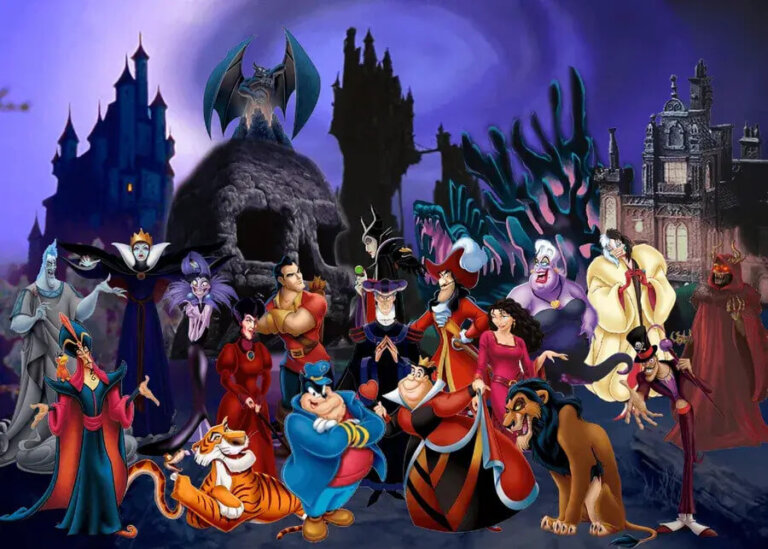Picture this: You’ve just applied for a job at a company where the CEO is a talking octopus, the head of HR is a lion who’d rather be the king of the jungle, and your recruiter might try to steal your soul—literally. Welcome to the world of Disney villains in HR, where your résumé better include phrases like “ability to survive betrayal” and “tolerance for heavy sarcasm.” Before you panic, let’s explore what these infamous characters might teach us about managing a workforce (besides avoiding talking hyenas).
Villain Profiles: HR Styles with a Dark Twist
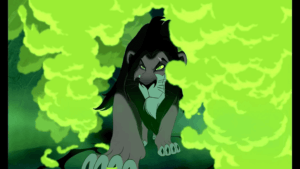
Scar: Leadership Through Favoritism and Fear
Scar’s leadership is built on favoritism and manipulation, where loyalty to him is prioritized over skill and competence. His ability to consolidate power through fear and strategic alliances—such as his control over the hyenas—creates a toxic work culture. Scar’s manipulation of Simba, making him bear guilt for Mufasa’s death, highlights his deceitful nature in maintaining power. By surrounding himself with yes-men, Scar fosters an environment that values compliance over innovation.
In an HR context, Scar’s leadership would manifest as nepotism, where loyalty to the leader trumps merit. This leads to a culture that stifles growth, breeds resentment, and limits the team’s potential.
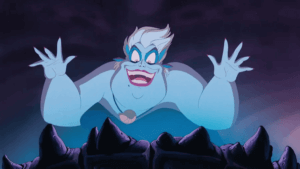
Ursula: Charm Concealing Manipulation
Ursula’s leadership may seem charismatic at first glance, but it relies on manipulation and deceit. She makes others feel valued—like promising Ariel legs in exchange for her voice—while concealing her ulterior motives. Ursula uses a transactional leadership style, making promises without fully disclosing the costs, which undermines trust and transparency.
In HR, this behavior would result in a toxic culture driven by hidden agendas, where personal gain overrides ethical leadership, leaving employees vulnerable and disadvantaged.
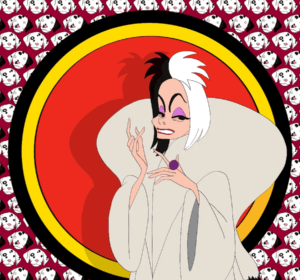
Cruella de Vil: Vision Without Empathy
Cruella’s leadership is driven by obsession and a singular vision that disregards the well-being of others. Her fixation on luxury, particularly fur, blinds her to the moral and ethical implications of her actions. While her visionary drive could be inspiring, it becomes exploitative as she manipulates those around her to achieve her personal goals.
In an HR context, Cruella’s approach would create a culture where the leader’s personal ambitions take precedence over employee welfare, fostering fear, intimidation, and unethical behavior.
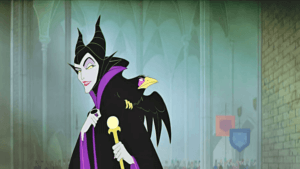
Maleficent: Leadership Fueled by Vengeance
Maleficent leads with bitterness and a desire for retribution. Her grudge against the kingdom for excluding her from Aurora’s christening drives her to make irrational decisions that harm her enemies and innocent parties.
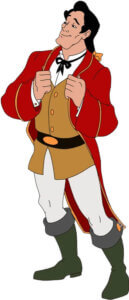
This leadership style fosters a culture of fear and chaos in the workplace, where unresolved conflicts influence every decision. In HR, such a toxic environment erodes trust, hinders collaboration, and stifles productivity.
Gaston: Arrogance and Self-Importance
Gaston’s leadership is rooted in arrogance and self-importance. His inflated sense of superiority leaves no room for feedback or collaboration. As seen when he mocks Belle for her intelligence, Gaston’s style fosters a culture where sycophants thrive, while anyone offering constructive criticism is silenced.
In an HR role, this would translate to an environment where loyalty to the leader outweighs competence, leading to stagnation as personal egos overshadow team success.
Turning Villainy into Virtue: HR Lessons from the Disaster Zone
After analyzing these villainous leadership styles, it’s evident they represent the dark side of leadership. However, their toxic traits can provide valuable lessons. Here’s how to turn these disasters into opportunities for growth:
Scar’s Loyalty-Based Leadership
- Seemingly Positive: Scar values loyalty, believing it fosters unity.
- Toxic Danger: Favoring loyalty over competence results in inefficiency and stagnation. Team members prioritize pleasing the boss over innovation.
- HR Lesson: Recruiters should prioritize competence, innovation, and potential over blind loyalty to ensure growth and productivity.
Ursula’s Charm and Persuasiveness
- Seemingly Positive: Ursula’s charisma allows her to easily make people feel valued.
- Toxic Danger: Her charm masks manipulation. Her promises of quick fixes, like Ariel’s transformation, highlight ethical compromises.
- HR Lesson: Use charm to inspire trust, not exploit. Transparency and authenticity build lasting relationships.
Cruella’s Visionary Drive
- Seemingly Positive: Cruella’s dedication to her vision demonstrates passion and drive.
- Toxic Danger: Her obsession blinds her to ethical considerations, leading to exploitation and harm.
- HR Lesson: Leaders should balance ambition with empathy, ensuring ethical decision-making and team well-being.
Maleficent’s Desire for Revenge
- Seemingly Positive: Maleficent’s determination can appear strong and just.
- Toxic Danger: Her inability to let go of grudges creates a fear-driven, chaotic environment.
- HR Lesson: Leaders should focus on resolution and emotional intelligence to foster trust and collaboration.
Gaston’s Overconfidence and Self-Importance
- Seemingly Positive: Confidence can inspire others and convey a strong vision.
- Toxic Danger: Arrogance stifles feedback, collaboration, and growth, creating a stagnant work culture.
- HR Lesson: Confidence must be paired with humility and openness to foster innovation and teamwork.
Choose the Heroic HR Path
While ambition and creativity can drive success, they must be paired with ethics, empathy, and a focus on team well-being. Toxic traits such as manipulation, favoritism, and unchecked ambition can lead to long-term damage. The best HR practices are rooted in trust, transparency, and fairness—qualities that create a thriving workplace.
True leadership is about empowering your team, making ethical decisions, and promoting a collaborative culture. Leaders should prioritize skill and merit over loyalty, inspire rather than manipulate, and ensure personal goals don’t overshadow team welfare.
Actionable Takeaways
Build a workforce fit for a happily-ever-after by ditching villainous tactics and embracing positive leadership strategies!
- Prioritize competence and skill when hiring, not just loyalty.
- Use charm to inspire trust, not manipulate.
- Balance personal ambitions with consideration for your team’s well-being.
- Foster emotional intelligence and avoid grudges.
- Cultivate humility, seek feedback, and encourage collaboration.
Transform Your Culture and Build a Thriving Workforce with John Clements Consultants
In a world where dark HR tactics can undermine team morale and productivity, it’s time to lead with integrity and build a workforce that thrives. If you’re ready to transform your organization’s culture and align your team with true leadership values, John Clements Consultants can help. We promote ethical, high-performing workplaces that prioritize competence, transparency, and collaboration. Let’s work together to turn the dark side of HR into a force for good.
Contact us today to start your company’s journey toward a brighter future!
Disclaimer:
This article reflects the author’s personal opinions and is intended for entertainment purposes only. It is not affiliated with or endorsed by The Walt Disney Company. All references to Disney characters are made under the fair use doctrine for commentary purposes.

